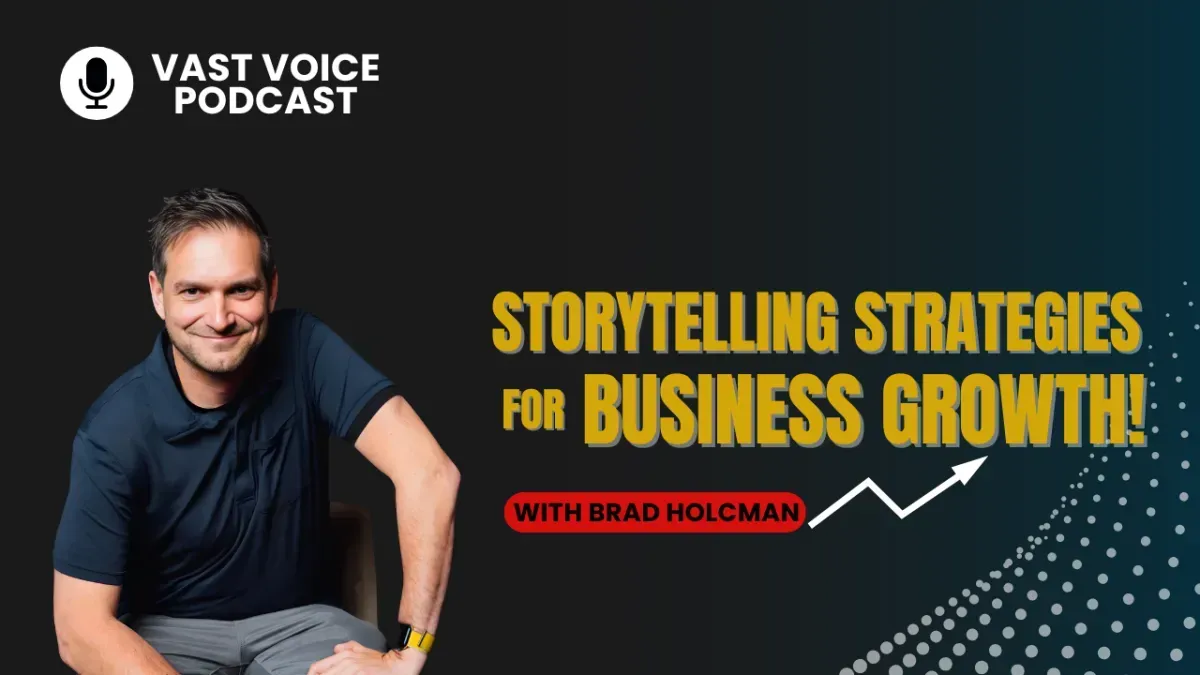
Storytelling Strategies for Business Growth!
In today’s fast-paced, digitally crowded marketplace, brands are no longer competing solely on price or product features — they’re competing on connection. The key driver behind this connection? Storytelling.
Storytelling isn’t just about spinning a tale; it’s about crafting authentic narratives that resonate emotionally, inspire trust, and motivate action. In this blog, we’ll dive deep into how you can leverage storytelling strategies to propel your business growth — whether you’re a small startup or an established enterprise.
Why Storytelling Matters for Business
Humans are wired for stories. Since ancient times, stories have been the primary way we make sense of the world, share wisdom, and build community. Neuroscience backs this up: stories activate sensory, emotional, and moral parts of the brain, creating a multi-dimensional experience that pure data or marketing claims can’t replicate.
For businesses, this means:
✅ More memorable branding — people forget stats but remember stories.
✅ Emotional connection — buyers decide with emotion, then justify with logic.
✅ Differentiation — in a sea of competitors, a good story sets you apart.
The Core Elements of Business Storytelling
To use storytelling effectively, you need more than a good anecdote. You need structure and strategy. Here are the core elements:
1️⃣ A Relatable Hero
This could be:
Your customer (through a success story or case study)
Your founder (sharing a personal journey)
Your team (highlighting passion or innovation)
The hero’s journey needs to be relatable — their struggles and aspirations should mirror those of your audience.
2️⃣ A Clear Conflict or Challenge
Every good story has tension. What problem did the hero face? What obstacle stood in their way? This taps into the pain points your audience also faces, showing them you understand their struggles.
3️⃣ A Meaningful Resolution
Show how the hero overcame the challenge, ideally with your product, service, or solution playing a role. But don’t make the brand the hero — make it the guide or tool that empowers the hero to succeed.
4️⃣ A Strong Emotional Core
Data appeals to the mind, but emotions move people to act. Whether it’s hope, relief, pride, or excitement, your story should tap into human feelings.
Storytelling Formats That Drive Growth
Let’s break down practical formats where storytelling can shine in your business:
✏️ Brand Origin Story
Why did you start your business? What challenges did you face early on? People love founder stories that show grit, perseverance, and passion.
📖 Customer Success Stories
Case studies and testimonials are gold. But rather than just listing outcomes, frame them as mini-stories: What problem did the customer have? How did they find you? What transformation did they experience?
🎥 Video Storytelling
Short videos on social media, explainer videos on your website, or behind-the-scenes footage humanize your brand. Video taps into visual and emotional cues, making stories even more powerful.
💬 Social Media Storytelling
Use platforms like Instagram, TikTok, or LinkedIn to share bite-sized stories — a customer quote, a quick lesson from your founder, or a fun team moment. This builds authenticity and keeps your audience engaged.
Key Storytelling Strategies for Maximum Impact
Here’s how to make sure your storytelling isn’t just “feel-good fluff” but actually drives growth:
🔍 Know Your Audience Deeply
Before you craft any story, understand your audience’s pain points, desires, and values. The best stories reflect the hopes and struggles of your target market.
💡 Make Your Customer the Hero
Many brands make the mistake of centering the story on themselves. Instead, position your customer as the hero, and your brand as the trusted guide. This subtle shift makes the audience feel seen and valued.
📊 Use Data to Support, Not Lead
While stories are emotional, they gain credibility when backed by relevant data. For example, combine a customer success narrative with measurable outcomes: “After using our solution, sales increased 35% in three months.”
🎯 Include a Clear Call to Action (CTA)
Every good story should lead somewhere. Whether it’s inviting people to sign up, book a demo, or share the story, make sure your audience knows what to do next.
Examples of Powerful Business Storytelling
Nike’s “Just Do It” campaigns: They rarely focus on shoes; they tell stories of perseverance, courage, and athletic spirit.
Airbnb’s host and guest stories: They don’t just sell rooms; they sell the experience and connection of travel.
Warby Parker’s brand mission: They share how they started with a purpose — to provide affordable eyewear and give back to communities.
Common Storytelling Mistakes to Avoid
❌ Being overly polished or corporate — people crave authenticity, not perfection.
❌ Making it all about you — focus on your customer’s transformation, not your ego.
❌ Skipping the emotional core — facts alone won’t inspire action.
❌ Forgetting the “so what” — every story should have a clear takeaway or impact.
Final Thoughts: Make Storytelling a Growth Engine
Storytelling isn’t just a marketing tactic — it’s a strategic tool for building trust, driving loyalty, and accelerating growth. Whether you’re sharing customer wins, your founder’s journey, or your team’s innovations, compelling stories can help your business stand out and stay top of mind.
The good news? You already have great stories waiting to be told. The challenge — and opportunity — lies in uncovering them, shaping them, and sharing them in a way that captivates, connects, and converts.
Book Your Free Business Strategy Call!

